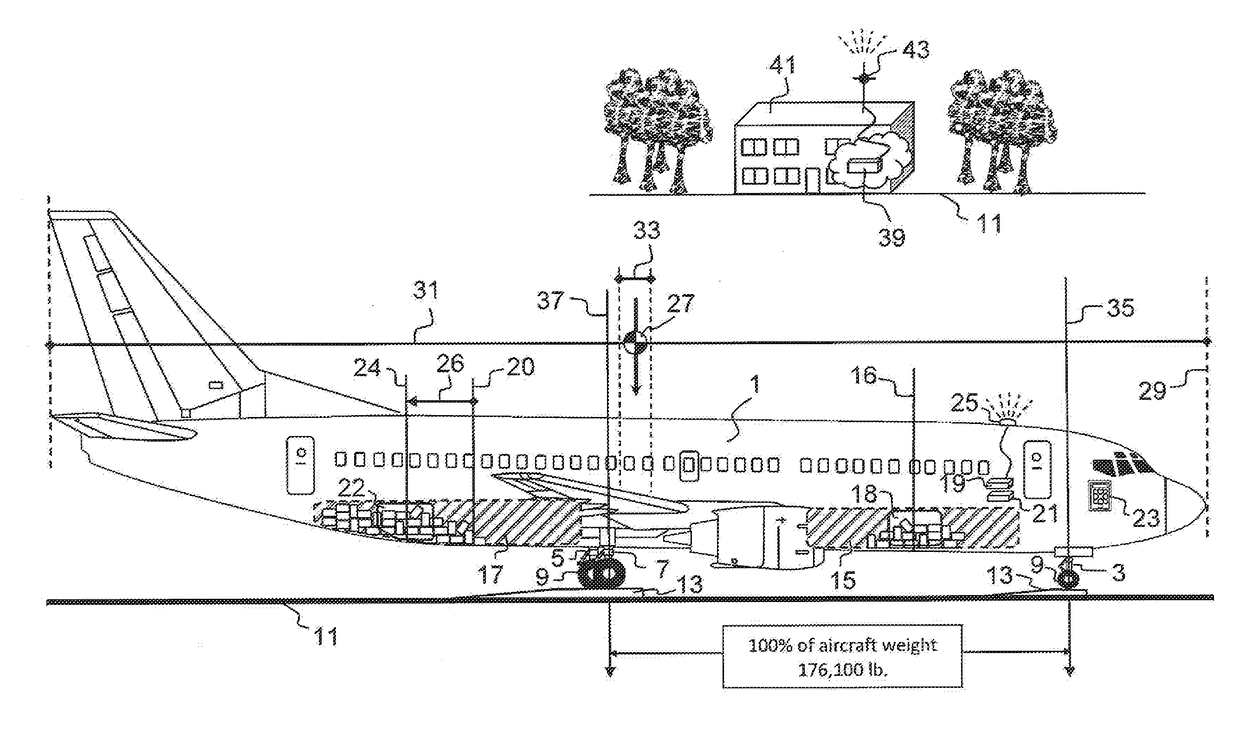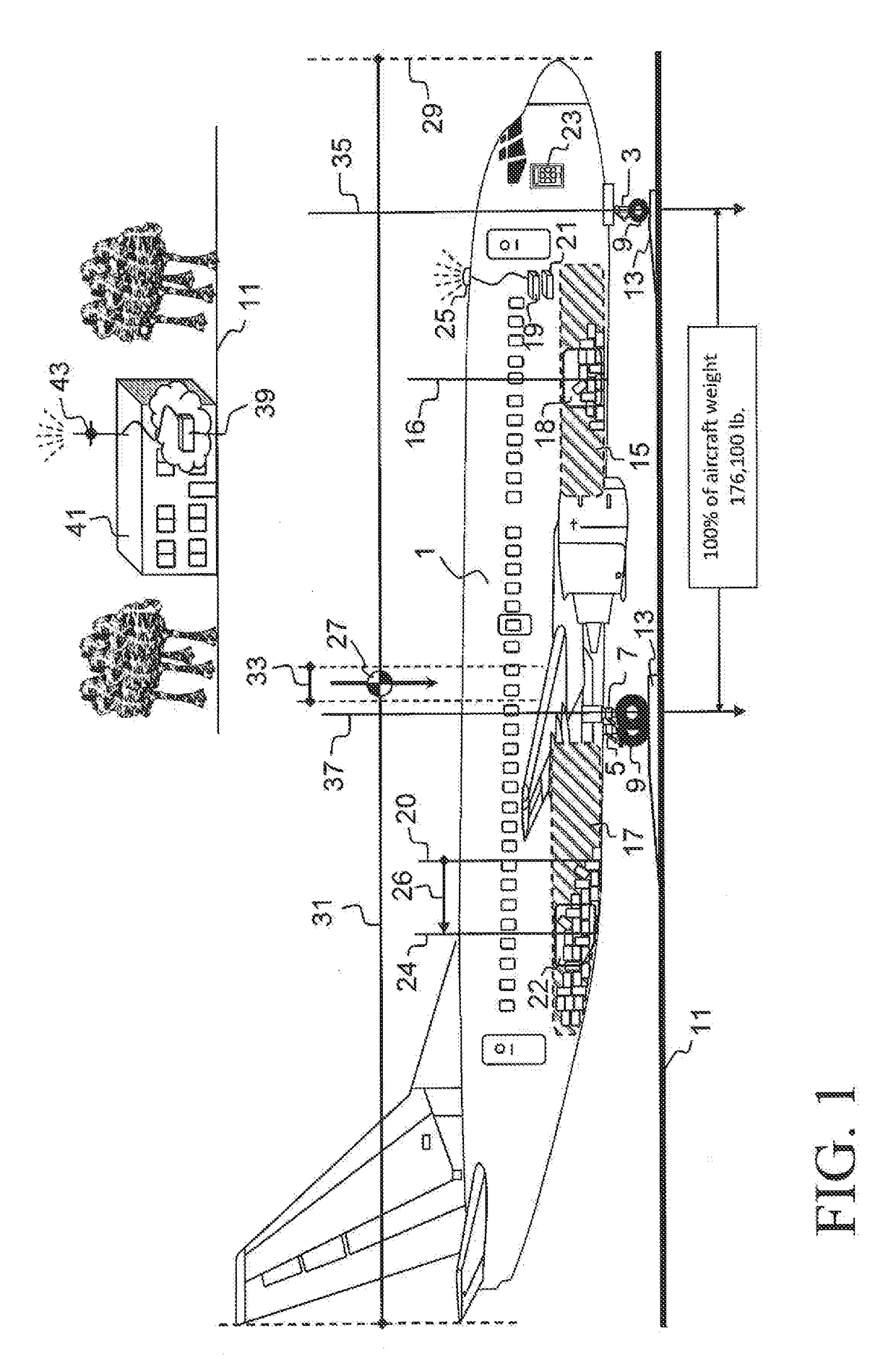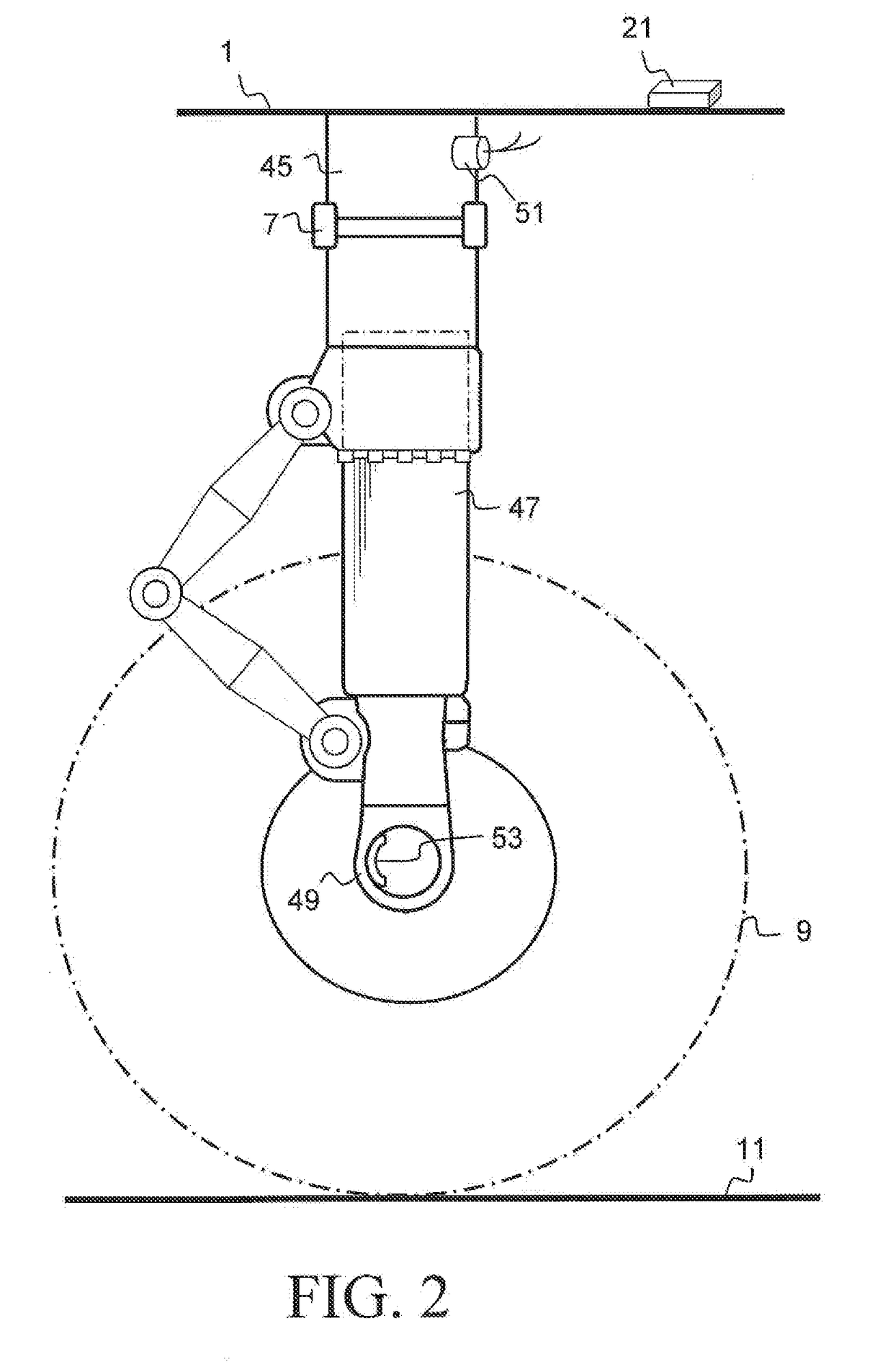Method to recover non-recognized errors in aircraft weight determinations to increase weight and center of gravity limitations for regulated aircraft
a technology of aircraft weight determination and non-recognized errors, applied in the field of non-recognized errors in aircraft weight determination to increase weight and center of gravity limitations for regulated aircraft, can solve problems such as airline ticket sales, airline is subject to federal penalties and fines, and problems throughout scheduling problems
- Summary
- Abstract
- Description
- Claims
- Application Information
AI Technical Summary
Benefits of technology
Problems solved by technology
Method used
Image
Examples
Embodiment Construction
[0098]The present invention provides methods to identify and quantify errors in aircraft weight determinations. Information regarding the errors is used in future aircraft operations to determine the aircraft weight with higher accuracy. Information regarding the errors is also used in future aircraft operations to allow an increase in maximum weight limitations. Such an increase in maximum weight limitations allows an aircraft to carry more payload and generate more revenue. In addition, increases in maximum weight limitations allow an aircraft to carry more fuel.
[0099]The present invention identifies errors in aircraft weight determinations by obtaining statistical data on the payloads of aircraft that are near a maximum weight limit. The statistical data is obtained from a number of actual aircraft operations that have already occurred. Examples of maximum weight limitations include maximum take-off weight and maximum landing weight.
[0100]The actual aircraft operations involve ac...
PUM
 Login to View More
Login to View More Abstract
Description
Claims
Application Information
 Login to View More
Login to View More - R&D
- Intellectual Property
- Life Sciences
- Materials
- Tech Scout
- Unparalleled Data Quality
- Higher Quality Content
- 60% Fewer Hallucinations
Browse by: Latest US Patents, China's latest patents, Technical Efficacy Thesaurus, Application Domain, Technology Topic, Popular Technical Reports.
© 2025 PatSnap. All rights reserved.Legal|Privacy policy|Modern Slavery Act Transparency Statement|Sitemap|About US| Contact US: help@patsnap.com



